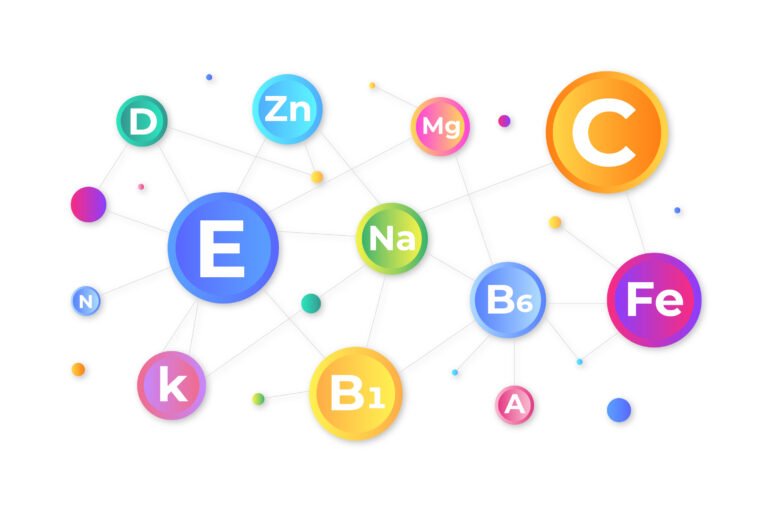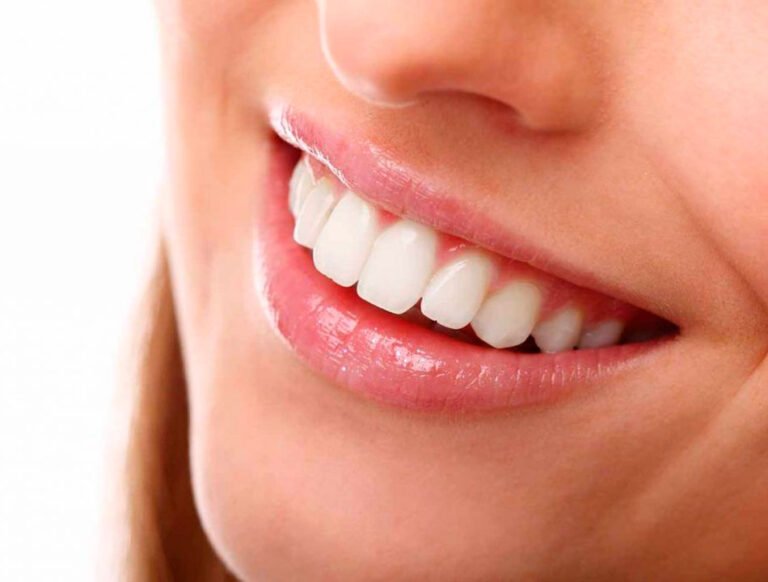Oral care with braces: Learn how to keep your teeth clean and healthy while wearing metal or ceramic braces. Orthodontic treatment is a major step toward achieving a healthy, aligned smile. But while braces are busy moving your teeth into place, your oral hygiene routine needs to work even harder. Brackets, wires, and aligners create new spaces where plaque and food particles can accumulate, increasing the risk of cavities, gum inflammation, bad breath, and even permanent stains.
Whether you’re wearing metal braces, more discreet ceramic braces, or removable clear aligners like Invisalign, proper daily care is essential.
Why Oral Hygiene Matters More When You Have Braces
When you have braces, you’re no longer cleaning smooth, open surfaces. Instead, you’re working around wires, brackets, and sometimes attachments or rubber bands. These appliances can trap food and make brushing and flossing more difficult, which leads to a higher risk of problems like:
- Plaque, especially around the edges of brackets and under wires.
- Tooth decay and cavities, due to trapped sugars and acids.
- Bad breath, often caused by food debris that lingers in hard-to-reach areas.
Preventing these issues takes consistency, the right tools, and good technique.
Brushing With Braces
When you wear metal braces or ceramic braces, brushing your teeth should take longer and be more deliberate than before. It’s not enough to quickly go over your teeth in 2 minutes. You need to brush around each individual bracket and carefully clean near the gumline.
Use a soft-bristled or orthodontic toothbrush, and angle it 45 degrees above and below each bracket. Brush in small, circular motions. Spend at least 10 seconds on each tooth surface, and don’t forget to brush behind your front teeth and your tongue.
If you’re using an electric toothbrush, choose one with a small head and soft bristles. Electric brushes are often more effective at removing plaque, especially in hard-to-reach places.
Flossing Is Non-Negotiable
Flossing becomes more difficult with metal braces or ceramic braces, but it’s just as important—if not more. Braces can trap food between the teeth, and regular floss helps remove plaque from areas your toothbrush can’t reach.
Use floss threaders, super floss, or a water flosser to get underneath the wires. It takes extra effort, especially at first, but flossing once a day can prevent cavities between the teeth and reduce inflammation in your gums.
If you’re wearing Invisalign, flossing is much easier. Just remove your aligners and floss like usual—but don’t skip it.
What to Eat (and Avoid) During Treatment
Eating with braces means learning to avoid foods that can damage your appliance or make hygiene harder. Sticky foods like caramel and chewing gum can get tangled in metal braces or ceramic braces, while hard snacks like popcorn or ice can snap wires or loosen brackets.
Soft foods like yogurt, bananas, scrambled eggs, and steamed vegetables are much safer. Cut harder foods into small pieces, and always chew slowly and carefully.
Don’t Skip the Dentist
Even though you’re visiting your orthodontist regularly, you still need to see your general dentist every 6 months (or more often if recommended). Your dentist will clean around your brackets and attachments, polish away stains, and check for early signs of cavities or gum disease.
Professional cleanings can reach areas you simply can’t at home—especially near the gumline or behind the molars.
Schedule My Free Smile Exam
Taking care of your teeth during orthodontic treatment is not just about keeping your breath fresh or avoiding cavities. It’s about protecting your long-term investment and making sure that when your metal braces, ceramic braces, or Invisalign aligners come off, you reveal a smile that’s both straight and healthy.
With the right tools, good habits, and consistency, oral care with braces doesn’t have to be complicated—it just has to be consistent. Visit zipperorthodontics




